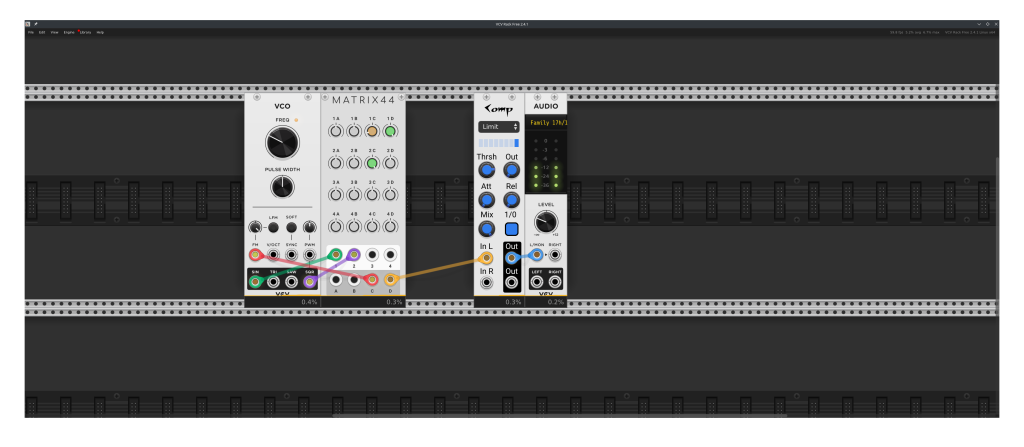Audio feedback (also known as acoustic feedback, simply as feedback) is a positive feedback situation that may occur when an acoustic path exists between an audio input (for example, a microphone or guitar pickup) and an audio output (for example, a loudspeaker).
Wikipedia
Lets break this down: positive feedback occurs when the amplitude of the outgoing signal is greater than the incoming signal. This requires an amplifier. however, this doesn’t mean just amplifying the microphones incoming signal; the signal coming out of the speaker must go back into the microphone, and be amplified to a level higher than it came in.

Often times, this feedback will oscillate at a specific frequency, this frequency is determined by:
- The microphone
- The loudspeaker
- The room’s acoustics
- the pickup patterns of the microphone
- The distance between the loudspeaker and the microphone
I should note the distinction between acoustic (or analog) feedback and digital feedback. Digital feedback will always introduce latency into the signal, as clock cycles and samples are used to process the audio. A non-digital setup not only has more fidelity (which is important, seeing as we are recursively amplifying the input sound, meaning parts of the spectrum otherwise undetectable could be orders of magnitude louder), but no delay, other than that introduced by distance (and technically, the flow of electricity is not instantaneous, but its fast and consistent enough that we can ignore this).
The audio file below demonstrates this in VCV rack, a free digital modular synthesizer (be warned, its loud):
Each change in tonality is the sample rate increasing; I start at 48kHz, and progress through 96kHz, 192kHz, 384kHz, 768kHz (the last 2 are higher than most professional DAW’s and DAC’s will go). We can hear that as the sample rate increases, the accuracy of the feedback, removing the chaotic noise (which i presume is due to aliasing being amplified by the feedback), and approaching a constant tone, like that we would expect from a typical microphone-loudspeaker setup. But there is still latency, regardless of the sample rate, so we will never achieve the same tone if this was done acoustically.

Above we see the patch used to make the feedback sounds as shown earlier. We have an oscillator with the sin wave output fed into a limiter (purely to stop the sound from clipping), and back into its FM input. This feedback is also mixed with a square wave.
I’d like to justify why I used FM (electrical analog) instead of an acoustic feedback simulation. I did try a simple distortion-delay-feedback simulation, and the results sound very similar to what would be expected in real life. The purpose of the patch above is to demonstrate a digital-v.s.-acoustic/analog situation, and make it obvious by using such a sensitive setup.
In this recording, I am stepping through the same sample rates as before, but with a distortion-delay-feedback patch. We can hear some pitch drops which ‘stutter’ back to their original pitch, presumably from the sample rates. This hypothesis is further strengthened by the pitch drops getting slower as I increase the sample rate.
In conclusion, acoustic feedback is special. Without the latency of digital systems, it offers unmatched fidelity; important if positive feedback amplification is applied, as any artifacts will too be amplified. By simply not having artifacts, we achieve tones not possible in the digital realm.